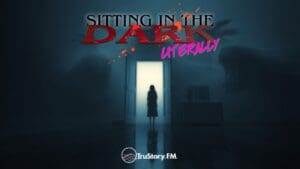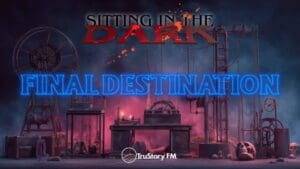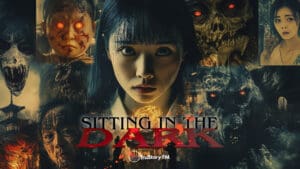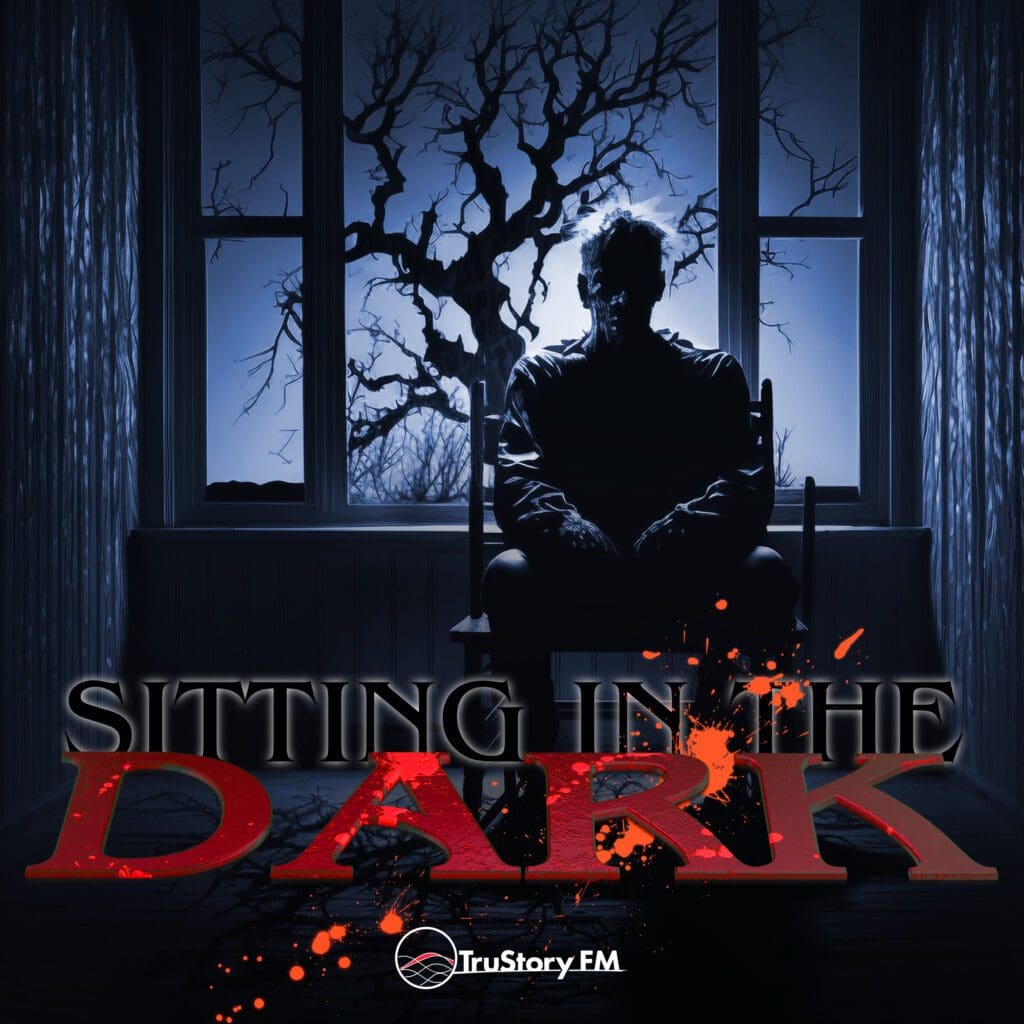by Ray DeLancey
In the Sitting in the Dark podcast, we had a lot of fun discussing the earliest Frankenstein movies, but there are several sequels after Bride of Frankenstein. Although it may have been too much to discuss on the podcast, I wanted to just briefly talk about the Universal sequels here as there are some interesting things to take note of.
Son of Frankenstein was actually Universal’s first horror release after a two-year long “horror hiatus.” Long story short: Universal had lost a lot of money under the Laemmle family, and was foreclosed upon when they could not pay their debt. The last horror film released under the Laemmles’ ownership was 1936’s Dracula’s Daughter (a really decent film that a lot of people dismiss due to its lack of Lugosi). The new owners weren’t interested in horror, especially with the new hurdle of the Hays Code. However, being strapped for cash, they were forced to admit that horror was a moneymaker when a small Los Angeles theater started selling out showings of Dracula, Frankenstein, and Son of Kong (an RKO picture). Universal took a gamble and unrolled a nationwide re-release of their two 1931 monster movies, and it was met with much success. Thus, Son of Frankenstein was ushered into production in 1938.
Karloff was the first actor brought back for this film, again playing the now iconic monster. Bela Lugosi was cast as new character Ygor, a broken-necked blacksmith with a criminal history who befriends and uses the monster for his evil deeds. Interestingly, the character of Ygor was written out of necessity when all of the monster’s dialog was removed from the first draft of the script. Karloff felt that it was a mistake for the monster to be a talker. The third lead role was that of Wolf Frankenstein, son of Henry from the first two films. Peter Lorre declined the role, and Claude Rains was considered before it ultimately went to Basil Rathbone. Early on there was some interest in filming in color, but after seeing the tests the studio decided the monster’s makeup would not work in color (these color tests can be seen on YouTube).
The film takes place several decades after the first two films, and focuses on Wolf von Frankenstein, the son of Henry who has returned to his family’s former village in an attempt to restore his family name. The villainous Ygor leads Frankenstein to his father’s creation, but the monster is incapacitated. Wolf agrees to “fix” the monster so that he can perfect his father’s creation, but Ygor plans to use the monster to get revenge on those who tried to have him killed.
Universal went all out on this one (going over budget by almost double). It faced some production issues that delayed it’s release, but the end product is solid. Perhaps the biggest problem is the treatment of the monster. After adding Ygor, the monster becomes merely a device, though Karloff does do well with what was asked of him. It’s Bela Lugosi who really steals this movie, though. He really sinks his teeth into the role, and gives us one of the best villains of the era! This would be the last time Karloff would play the monster, though, so when it came time to make the inevitable sequel a new monster was needed.
When 1942’s The Ghost of Frankenstein was put into production, it didn’t take Universal long to select Lon Chaney, Jr. (fresh off The Wolf Man) as the new monster. Bela Lugosi returns as Ygor (characters not staying dead was a Universal Monsters trope long before the MCU came along), but Rathbone would not be returning as the doctor. Sir Cedric Hardwicke was cast to play Ludwig von Frankenstein, the other son of Henry.
In the film, Ygor is able to free the monster from the hardened sulfur pit he fell into in the previous film. In order to restore the monster to full strength, Ygor takes him to the town of Vasaria where Ludwig Frankenstein resides as a brain surgeon. Ludwig is hesitant to help the monster, but when the ghost of his father Henry appears and urges him to fix his creation Ludwig consents. The silliness continues when trying to decide on a new brain for the creature. Ludwig wants to use the brain of a doctor, but the monster wants the brain of a little girl. They are all fooled, however, when Ygor sets a trap and gets his brain put into the body of the monster! Ygor is about to bask in his new strength when he goes blind, a permanent side-effect from the brain surgery. Your token torch-and-pitchfork mob shows up, there’s a big fire, Ludwig and monster are left for dead. This is definitely where all interest in monster movies was lost at Universal, with the new state-of-mind being just to churn them out quickly and cheaply to make a few bucks.
Once Frankenstein and the other monsters were relocated to the B-movie track, the quality quickly dipped. Universal decided that their next move should be to start bringing the monsters together, so the next movie was Frankenstein Meets the Wolf Man, acting as a sequel to both The Wolf Man (1941) and The Ghost of Frankenstein (1942). Production began in October of 1942, but yet again they found themselves in need of a monster. They briefly entertained the idea of using Lon Chaney, Jr. in both roles since he had been the last to play both monsters, but they decided against that idea and favored him as Wolf Man/Larry Talbot. The role of Frankenstein’s monster ended up going to now 60-year-old Bela Lugosi, who had to wear 35 pounds of padding. What’s interesting is, as much as Universal now didn’t seem to care much about continuity across these films, the initial draft of this movie had the monster’s story continue from The Ghost of Frankenstein where the monster receives Ygor’s brain, talks and thinks as Ygor, but is now blind from the surgery. Three scenes were filmed with Lugosi’s monster having quite a bit of dialog, but when the brass at Universal saw the scenes they were aghast at how ludicrous it sounded for Frankenstein’s monster to have Lugosi’s thick Hungarian accent (apparently they never saw the test footage from Robert Florey’s Frankenstein in 1931). The removal of the monster’s dialog also removed all reference’s to the monster’s blindness, thus the exaggerated mindless-looking amble with outstretched arms groping at the air became a random and unexplained quality for the monster, and one of it’s most popular tropes.
The plot of Frankenstein Meets the Wolf Man is pretty simple. Four years after the events in The Wolf Man, Larry Talbot is entombed in the family crypt. A pair of grave robbers open his coffin to reveal a corpse preserved by the curse of the werewolf, and wouldn’t you know tonight’s a full moon. The Wolf Man escapes the crypt and does his thing. The next morning, Larry Talbot decides he needs to find Maleva, the gypsy woman whose son was the werewolf that bit him. She takes pity on him, and gets the idea to seek out Dr. Frankenstein in Vasaria in the hopes of helping Talbot. They arrive in Vasaria only to find that Ludwig Frankenstein and the monster have died. While at the Frankenstein ruins, Talbot comes across the monster frozen in ice. He thaws out the monster, and has it lead him to the place where Frankenstein kept his notes, only to discover that they are missing. Trying to track down the notes, Talbot finds another Frankenstein born of Henry, this time a daughter. She and Talbot become warm to each other, so she makes with the notes and has a doctor friend perform an operation that will drain both Talbot and the monster of their “life energies”. Well, the doc has a moment of insanity during the operation, and wants to see what the monster will look like at full strength, so he flips the switch in the other direction. Chaos ensues. A fight between the monster and the Wolf Man breaks out. They are both taken out by a tidal wave when a nearby dam breaks. The end.
Admittedly, the film can be entertaining at times. It is a decent sequel story for Larry Talbot, but this is the lowest of low points for the Frankenstein monster. This movie marks the last time the monster would be a crucial part of the movie. Universal made House of Frankenstein (1944) and House of Dracula (1945), throwing as many monsters and villains at the two movies as they could. The monster (played by Glenn Strange) is shown in the lab, but gets nothing to do.
In his final appearance of the classic Universal lineup, the monster show’s up in 1948’s Abbott and Costello Meet Frankenstein. In a nutshell, here’s how that movie happened: Universal merged with International Pictures in 1945, and at one point had few remaining contract players (among them were Abbott and Costello). The comedy duo were waning in popularity by the mid–40s when it was suggested to somehow utilize the monster properties owned by Universal. The film is bittersweet. On one hand, it’s really a great comedy that works better than it should. On the other hand, it was the final nail in the coffin of these once great horror icons. All the terror they had once instilled was by now replaced by pop culture iconography. It wasn’t serious anymore. It wasn’t scary anymore. Abbott Costello would make a few more movies based around monsters, but none of them even came close to being as good as the first joint venture.










